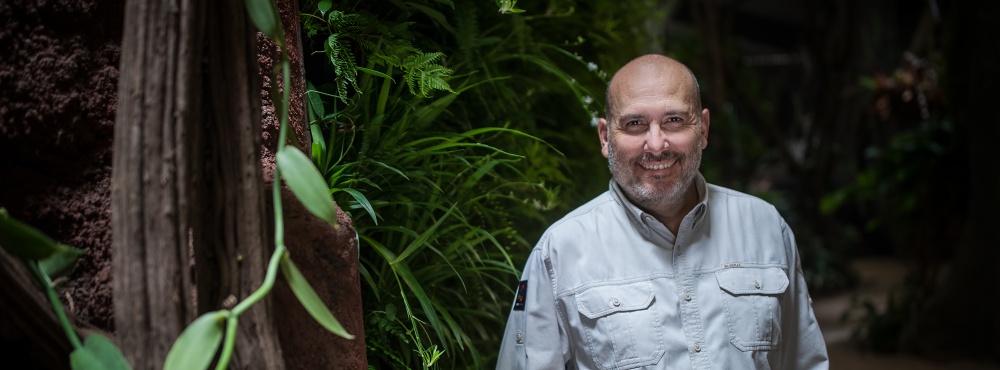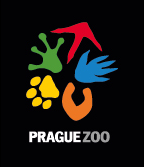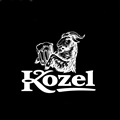Preliminary report from the Valley of Monasteries

I envied my Mongolian colleagues their traditional clothes: long, fur-lined daal and massive leather boots. We arrived to the very east of Mongolia, to Khalkhgol, in the “fourth nine” of the winter, that is in the harshest frosts. Night temperatures dropped to -40 °C and after the sunrise they slowly raised to -30, in the warmest part of the day as high as to -25 °C. However, it was our intention to arrive in this season: we wanted to evaluate the localities for future reintroduction of Przewalski’s horses during the harshest part of the winter.
 Photo: David Rauch
Photo: David Rauch
Together with our colleagues there we decided to return Przewalski’s horses to the east of Mongolia in 2019 and in the autumn of the same year we undertook our first exploratory trip. Many other trips then followed. Most of them were organized by Mongolian experts, who were evaluating a lot of aspects of the localities under consideration: for example, the amount and quality of food, access to water, risk of infection by blood parasites or the extent of land use for cattle grazing. Indeed, due to the seasonal presence of herds of domestic horses we relegated the originally favoured locality at Snake River to the second place. During our winter trip the locality of 1,700 km2 laying mostly inside Strictly Protected Area Numrug southwest from Frog Lakes seemed to be the most promising.
The journey by off-road cars from Khalkhgol to the centre of the area via steppe covered by fifteen to twenty-five centimetres of snow took us only a little over two hours. We stopped on a hill with a beautiful view of surrounding landscape. Two mighty pines loomed in the distance in front of us and below us we could see the confluence of a river and a stream. On the spot we learned from the Director of the Numrug Protected Area that we are in the Valley of Monasteries and the stream is named after one of them, the Southern Monastery. Later we found that the Northern and Southern Monasteries were founded in the first half of 19th century by an enlightened nobleman Togtokhtur, who made every effort to develop the now almost deserted area; both Buddhist monasteries were destroyed during Stalinist repressions in the 1930s, only hardly visible ruins have remained until today.
We walked down to the confluence. Both the river and the stream were covered by a thick layer of ice dusted with snow – and wolf footprints were imprinted in this dust. We followed them and after a few metres we found freshly killed dzeren, a Mongolian gazelle.
Yes, wolves will be a problem here, we agreed after returning to the cars. In the summer there also will be difficulties with mosquitoes and we must take into account the risk of fires. But in spite of that we all became convinced that the Valley of Monasteries with its wide surroundings would be the right locality. There is a rich grass vegetation, the valley has a suitable terrain profile, it is not significantly infested by ticks and the nearest shepherds travel tens of kilometres away. We could not find a better locality. One day we will return Przewalski’s horses to the Valley of Monasteries!

On the way from Khalkhgol to the Valley of Monasteries. Photo: Miroslav Bobek

A view of the landscape in the east of Mongolia, where we plan to reintroduce Przewalski’s horses. Photo: Miroslav Bobek

A drone image taken at the confluence of the Hook River and the Southern Monastery Creek. Photo: Miroslav Bobek

Fresh wolf’s prey – dzeren. Photo: Miroslav Bobek

Mongolian-Czech team, that completed January exploratory trip. Photo: David Rauch
ZOOPRAHA.CZ
Contacts
- The Prague zoological garden
U Trojskeho zamku 120/3
171 00 Praha 7
Phone.: (+420) 296 112 230 (public relations department)
e-mail: zoopraha@zoopraha.cz
Others








